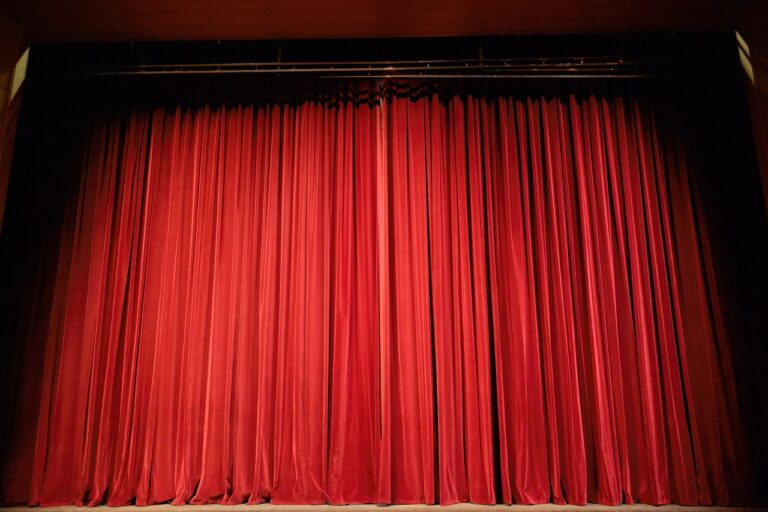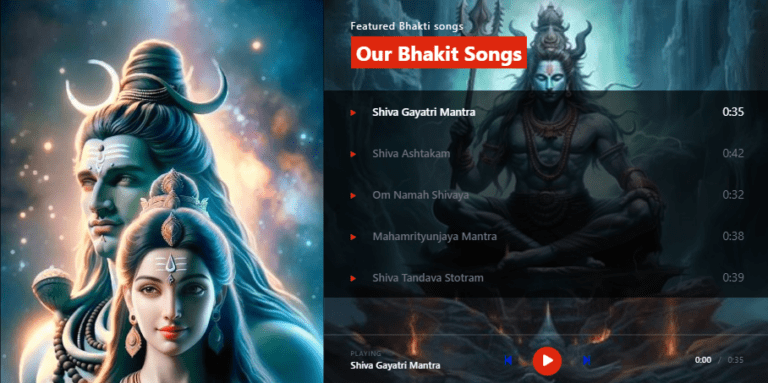Analyzing the Rise of Slow TV: Meditative Viewing and Mindful Entertainment
Slow TV originated in Norway in the early 2000s, as a response to the fast-paced nature of modern television. The concept began with a broadcast of a train journey from Bergen to Oslo that lasted over seven hours, captivating viewers with its meditative and unscripted nature.
Following the success of the train broadcast, Slow TV expanded to include various programs such as knitting marathons, fishing expeditions, and even a 134-hour coastal voyage. Audiences were drawn to the simplicity and authenticity of these real-time broadcasts, finding solace in the unhurried and immersive viewing experience offered by Slow TV.
Slow TV originated in Norway in the early 2000s
The concept began with a broadcast of a train journey from Bergen to Oslo that lasted over seven hours
Slow TV expanded to include programs such as knitting marathons, fishing expeditions, and coastal voyages
Audiences were drawn to the simplicity and authenticity of these real-time broadcasts
The Appeal of Slow TV
Slow TV has gained popularity among viewers seeking a departure from the fast-paced nature of modern entertainment. The appeal lies in its calming and immersive qualities that allow audiences to unwind and relax in a way that traditional programming often fails to achieve. By focusing on ordinary, everyday activities and natural landscapes in real time, slow TV provides a soothing escape from the constant stimulation of digital media.
For many, the allure of slow TV also stems from its ability to foster a sense of connection to the world around us. By showcasing unfiltered depictions of life and nature, this genre prompts viewers to appreciate the beauty of simplicity and the rhythms of the natural world. In a society marked by busyness and distractions, slow TV offers a refreshing alternative that invites contemplation and mindfulness.
Benefits of Meditative Viewing
Enjoying the calming experience of Slow TV allows viewers to immerse themselves in the present moment, promoting mindfulness and reducing stress levels. By focusing on the slow-paced narratives and tranquil scenes, individuals can achieve a sense of relaxation and mental clarity, enhancing overall well-being.
Engaging in meditative viewing through Slow TV can also improve concentration and attention span, as it encourages viewers to fully concentrate on the unfolding scenes without distractions. This heightened focus can lead to a greater appreciation of the subtleties within the content, fostering a deeper connection with the program and creating a more enriching viewing experience.
What is Slow TV?
Slow TV is a genre of television programming that features long, uninterrupted shots of various events or activities, allowing viewers to fully immerse themselves in the experience.
How does Slow TV differ from traditional television programming?
Slow TV focuses on the journey rather than the destination, often featuring mundane or everyday activities in real time. It encourages viewers to slow down and appreciate the beauty in simplicity.
What are some benefits of meditative viewing?
Meditative viewing can help reduce stress and anxiety, improve focus and concentration, enhance mindfulness, and promote relaxation. It can also provide a sense of calm and tranquility in a fast-paced world.
How can I incorporate meditative viewing into my daily routine?
You can set aside dedicated time each day to watch Slow TV or other meditative content, such as nature documentaries or guided meditation videos. Find a comfortable space, minimize distractions, and allow yourself to fully engage with the experience.







